Growing Peppers.
Roasted red peppers, pickled jalapeño peppers, stuffed bell peppers, hot pepper relish and green chili to pour over my breakfast! They taste so good and grow so well, it is a main stay in our diets. Good thing too, because they are incredibly healthy. Enjoy growing and tasting different peppers, each one for a special dish.
The flavor of our Mosco Chili Pepper, aka Pueblo Chili pepper, starts with a sweet, rich bite and brings on the heat after a few seconds. Amazing flavor and thick meat make it a must have in every warm climate garden. The Ancho or Pablano and the Giant Red Marconi peppers are perfect for stuffing. We have chilis with different heat levels and specialty peppers like Pepperoncini and Sweet Cherry peppers. Why grow one variety, when you can grow 5, 6 or more?
Peppers are a warm weather crop. They can be coaxed into a crop in cool weather areas with special care, but prefer hot, dry climates with timed irrigation. Peppers can be started inside. However, we have better results if we direct seed on our farm. This produces bigger and better quality peppers. Plant our heirloom pepper seeds, 1/2″ deep in flats or pots, 8 to 10 weeks before the last spring frost. It is imperative to keep a moist seedbed until seedlings are well established. Transplant outside when all danger of frost is past and soil temperatures reach 60º. Seedlings should be spaced 12″ to 18″ apart in rows 2′ to 3′ wide. When plants are 12″ tall, while cultivating, pull dirt around the base of the plant. This covers small weeds and gives the plant more support.
Note: Peppers may cross pollinate if too close together. Your sweets may become hot unless planted away from each other.
Good companion crops are basil, cilantro/coriander, onions and spinach. Bad companion crops are beans and kohlrabi.
-
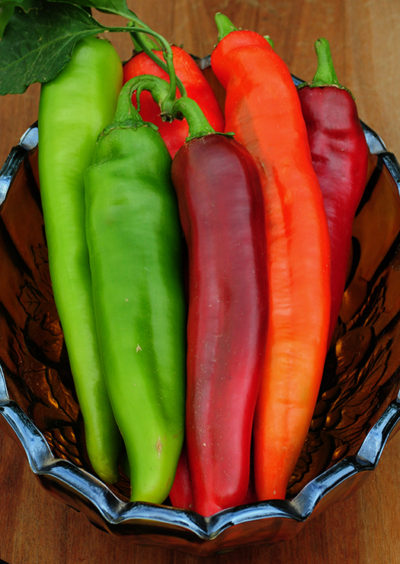
Pepper Hot – Big Jim
$2.60 – $35.10 -

Pepper Hot – Mosco
$2.60 – $78.40 -
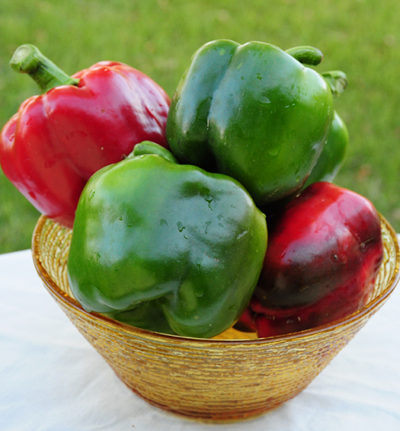
Pepper Sweet – California Wonder 300
$2.60 – $79.10 -

Pepper Mild – Sonora Mild
$2.60 – $40.10 -
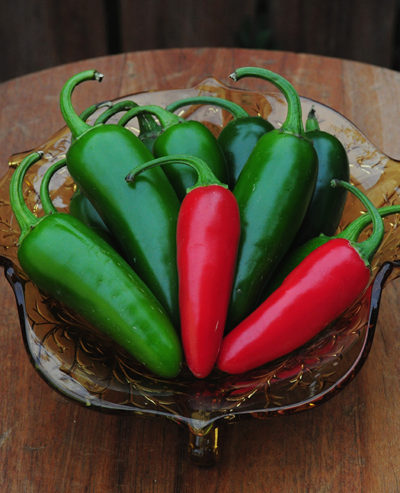
Pepper Hot – Jalapeno Chili M
$2.60 – $114.10 -
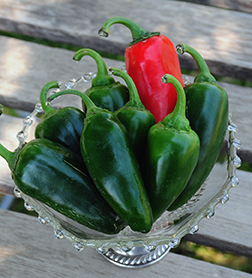
Pepper Hot – Jalapeno Early
$2.60 – $114.10 -

Pepper Hot – Joe E. Parker
$2.60 – $35.10 -
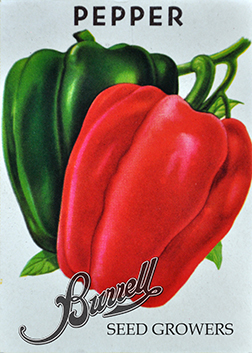
Pepper Sweet – Keystone Resistant Giant #3
$2.60 – $104.10 -
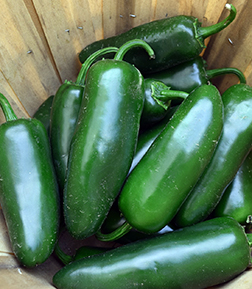
Pepper Hot – Jalapeno TAM No. 1
$2.60 – $114.10 -
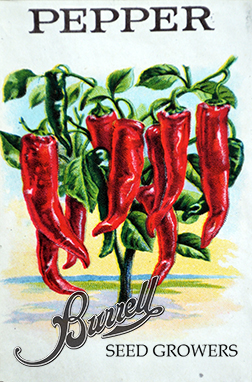
Pepper Hot – Anaheim 118
$6.10 – $81.50 -
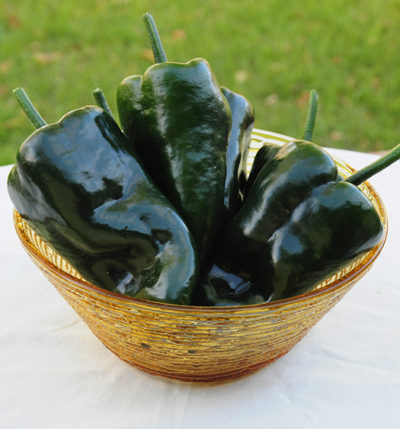
Pepper Hot – Ancho/Poblano
$2.60 – $154.10 -

Pepper Sweet – Sweet Banana
$2.60 – $114.10 -

Pepper Sweet – King Arthur
$7.20 – $116.10 -
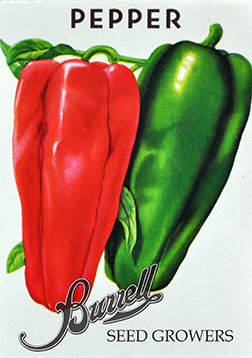
Pepper Sweet – Giant Marconi Red
$2.60 – $140.10 -
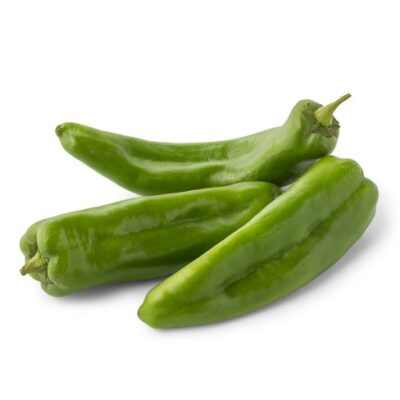
Pepper Hot – Anaheim
$2.60 – $82.30 -
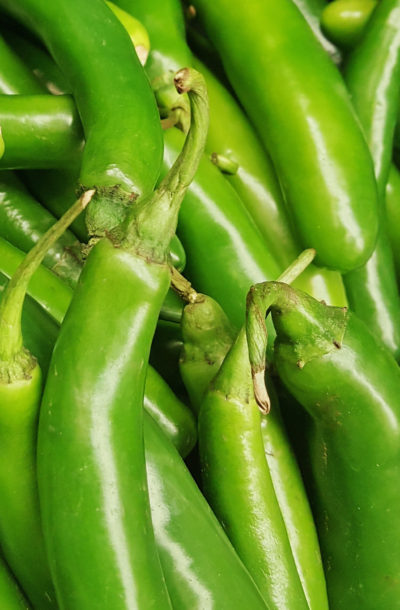
Pepper Hot – Serrano
$2.60 – $93.50 -
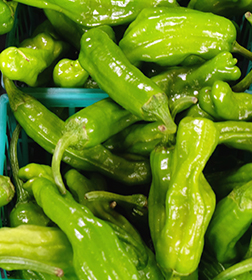
Pepper Sweet – Pepperoncini
$2.60 – $276.50 -
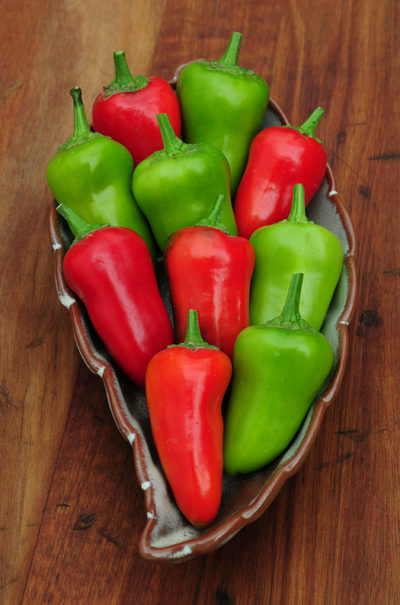
Pepper Hot – Fresno
$2.60 – $154.10 -

Pepper Sweet – Sweet Cherry
$2.60 – $140.10 -
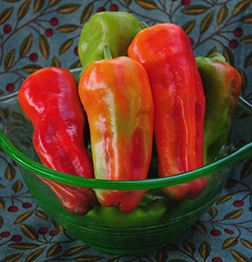
Pepper Sweet – Cubanelle Italian
$2.60 – $74.10 -
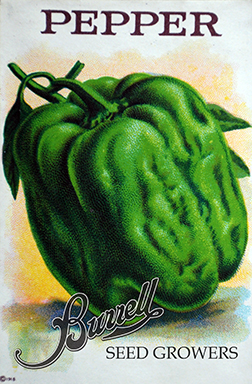
Pepper Sweet – Big Bertha
$7.40 – $124.10 -
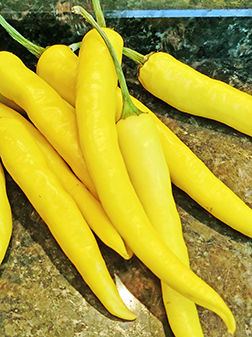
Pepper Hot – Inferno Banana
$7.50 – $112.80 -
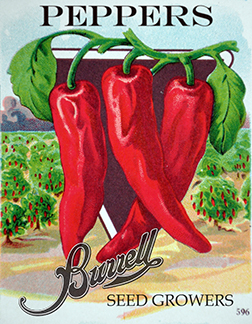
Pepper Hot – Sandia
$2.60 – $45.10 -
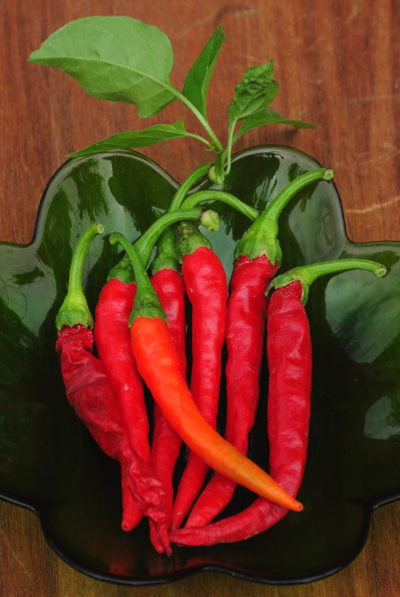
Pepper Hot – Cayenne Long Thin
$2.60 – $121.20 -

Pepper Hot – Santa Fe Grande
$2.60 – $149.30 -

Pepper Hot – Large Cherry Pepper
$2.60 – $140.10 -
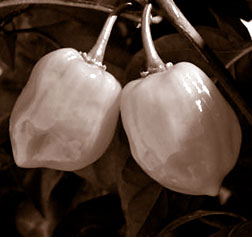
Pepper Hot – Habanero Orange
$2.60 – $295.00 -

Pepper Hot – Cascabella
$2.60 – $321.90 -

Pepper Hot – Hungarian Wax
$2.60 – $93.50 -

Pepper Hot – Tabasco
$2.60 – $420.10 -
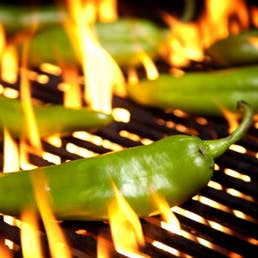
Pepper Hot – Lumbre XX
$2.60 – $112.80 -
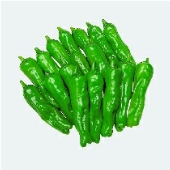
Pepper Sweet – Shishito Oriental
$2.60 – $420.10
-

Pepper Hot – Big Jim
$2.60 – $35.10 -

Pepper Hot – Mosco
$2.60 – $78.40 -

Pepper Sweet – California Wonder 300
$2.60 – $79.10 -

Pepper Mild – Sonora Mild
$2.60 – $40.10 -

Pepper Hot – Jalapeno Chili M
$2.60 – $114.10 -

Pepper Hot – Jalapeno Early
$2.60 – $114.10 -

Pepper Hot – Joe E. Parker
$2.60 – $35.10 -

Pepper Sweet – Keystone Resistant Giant #3
$2.60 – $104.10 -

Pepper Hot – Jalapeno TAM No. 1
$2.60 – $114.10 -

Pepper Hot – Anaheim 118
$6.10 – $81.50 -

Pepper Hot – Ancho/Poblano
$2.60 – $154.10 -

Pepper Sweet – Sweet Banana
$2.60 – $114.10 -

Pepper Sweet – King Arthur
$7.20 – $116.10 -

Pepper Sweet – Giant Marconi Red
$2.60 – $140.10 -

Pepper Hot – Anaheim
$2.60 – $82.30 -

Pepper Hot – Serrano
$2.60 – $93.50 -

Pepper Sweet – Pepperoncini
$2.60 – $276.50 -

Pepper Hot – Fresno
$2.60 – $154.10 -

Pepper Sweet – Sweet Cherry
$2.60 – $140.10 -

Pepper Sweet – Cubanelle Italian
$2.60 – $74.10 -

Pepper Sweet – Big Bertha
$7.40 – $124.10 -

Pepper Hot – Inferno Banana
$7.50 – $112.80 -

Pepper Hot – Sandia
$2.60 – $45.10 -

Pepper Hot – Cayenne Long Thin
$2.60 – $121.20 -

Pepper Hot – Santa Fe Grande
$2.60 – $149.30 -

Pepper Hot – Large Cherry Pepper
$2.60 – $140.10 -

Pepper Hot – Habanero Orange
$2.60 – $295.00 -

Pepper Hot – Cascabella
$2.60 – $321.90 -

Pepper Hot – Hungarian Wax
$2.60 – $93.50 -

Pepper Hot – Tabasco
$2.60 – $420.10 -

Pepper Hot – Lumbre XX
$2.60 – $112.80 -

Pepper Sweet – Shishito Oriental
$2.60 – $420.10
Growing Peppers.
Roasted red peppers, pickled jalapeño peppers, stuffed bell peppers, hot pepper relish and green chili to pour over my breakfast! They taste so good and grow so well, it is a main stay in our diets. Good thing too, because they are incredibly healthy.Enjoy growing and tasting different peppers, each one for a special dish.
The flavor of our Mosco Chili Pepper, aka Pueblo Chili pepper, starts with a sweet, rich bite and brings on the heat after a few seconds. Amazing flavor and thick meat make it a must have in every warm climate garden. The Ancho or Pablano and the Giant Red Marconi peppers are perfect for stuffing. We have chilis with different heat levels and specialty peppers like Pepperoncini and Sweet Cherry peppers. Why grow one variety, when you can grow 5, 6 or more?
Peppers are a warm weather crop. They can be coaxed into a crop in cool weather areas with special care, but prefer hot, dry climates with timed irrigation. Peppers can be started inside. However, we have better results if we direct seed on our farm. This produces bigger and better quality peppers. Plant our heirloom pepper seeds, 1/2″ deep in flats or pots, 8 to 10 weeks before the last spring frost. It is imperative to keep a moist seedbed until seedlings are well established. Transplant outside when all danger of frost is past and soil temperatures reach 60º. Seedlings should be spaced 12″ to 18″ apart in rows 2′ to 3′ wide. When plants are 12″ tall, while cultivating, pull dirt around the base of the plant. This covers small weeds and gives the plant more support.
Note: Peppers may cross pollinate if too close together. Your sweets may become hot unless planted away from each other.
Good companion crops are basil, cilantro/coriander, onions and spinach. Bad companion crops are beans and kohlrabi.


